We put the Xiaomi 13 through our rigorous DXOMARK Audio test suite to measure its performance both at recording sound using its built-in microphones, and at playing audio back through its speakers.
In this review, we will break down how it fared in a variety of tests and several common use cases.
Overview
Key audio specifications include:
- Two speakers (top side and bottom side)
- No jack audio output
- Dolby Atmos technology
Scoring
Sub-scores and attributes included in the calculations of the global score.
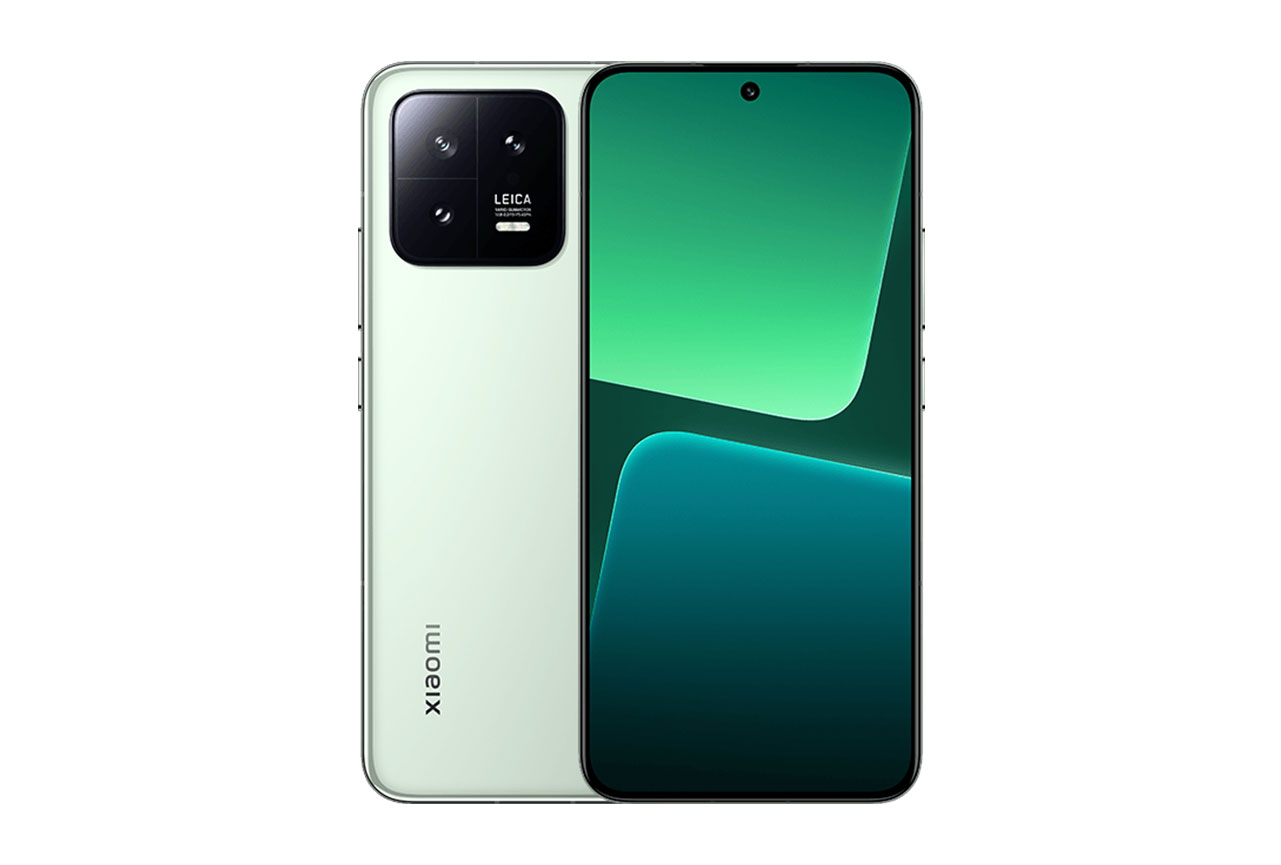
Xiaomi 13


 50th
50th 13th
13thPlayback
Pros
- Pleasant overall tonal balance
- Rich, warm midrange
- Good dynamics performance
Recording
Pros
- Very good spatial performance
- Good tonal balance across all apps
- Good dynamics performance
Cons
- Not very suitable for recording at high sound pressure levels
- No audio zoom feature
- Lack of wind noise reduction
With a DXOMARK Audio score of 134, Xiaomi 13 performed very well in our tests, making the device a great option for audio-focused smartphone users. In playback, it delivered the best results when gaming and watching movies, but it did not disappoint in the music use case either. The built-in speakers offered a rich and pleasant sound signature, but the stereo balance was somewhat off-centered, which also restricted the wideness of the projected sound scene among other impediments.
In recording, the Xiaomi 13 provided excellent results across all use cases, offering good tonal balance, dynamics and spatial performance. Although heavy compression was noticeable when recording loud sources such as concerts, it didn’t affect quality too much. Additionally, the recording experience could have been enhanced further with an audio zoom feature and an improved handling of wind noise.
Test summary
About DXOMARK Audio tests: For scoring and analysis in our smartphone audio reviews, DXOMARK engineers perform a variety of objective tests and undertake more than 20 hours of perceptual evaluation under controlled lab conditions.
(For more details about our Playback protocol, click here; for more details about our Recording protocol, click here.)
The following section gathers key elements of our exhaustive tests and analyses performed in DXOMARK laboratories. Detailed performance evaluations under the form of reports are available upon request. Do not hesitate to contact us.
Playback
Xiaomi 13
163
DXOMARK engineers test playback through the smartphone speakers, whose performance is evaluated in our labs and in real-life conditions, using default apps and settings.
In our tests, the Xiaomi 13 performed well as a playback device. Timbre performance was good, with a nice tonal balance, despite a slight lack of brightness and low-end extension. Midrange sounded clean and natural. Dynamics were good, too, thanks to sharp and accurate attack, powerful punch and good bass precision. Spatial performance was only average, due to stereophonic balance being skewed towards the right, which also impaired the wideness of the sound scene. This issue was most noticeable in the music use case, but it also had the underlying consequence of making the device more sensible to hand occlusions while gaming. Localizability of individual sound sources was also somewhat blurry, but both distance rendition and depth were good.
Our experts found the minimum volume to not be properly tuned. Low-volume passages in highly dynamic audio content were difficult to hear properly. Maximum volume, on the other hand, was loud enough. Unwanted audio artifacts were overall well under control. The testers only noticed some slight pumping and distortion at maximum volume. It is also worth mentioning that the UI of the default music player froze on several occasions, such as when waking the device up from sleep; audio continued to play while the app was unresponsive, disrupting the listening experience. In addition, the right speaker seemed to be easily occluded by a natural hand position when gaming. Since the right speaker was carrying out most of the audio signal (as the stereo balance was skewed), its occlusion changed both volume and timbre quite dramatically in our tests.
Listen to the tested smartphone’s playback performance in this comparison with some of its competitors:

Timbre
Xiaomi 13
158
The Timbre score represents how well a phone reproduces sound across the audible tonal range and takes into account bass, midrange, treble, tonal balance, and volume dependency. It is the most important attribute for playback.

Dynamics
Xiaomi 13
149
The Dynamics score measures the accuracy of changes in the energy level of sound sources, for example how precisely a bass note is reproduced or the impact sound from drums.
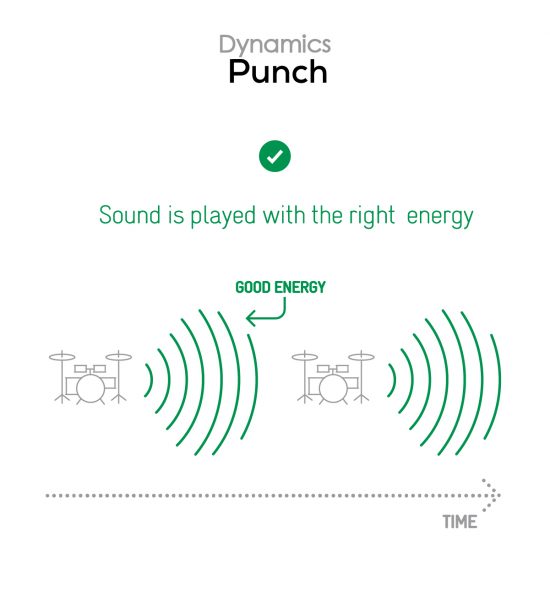
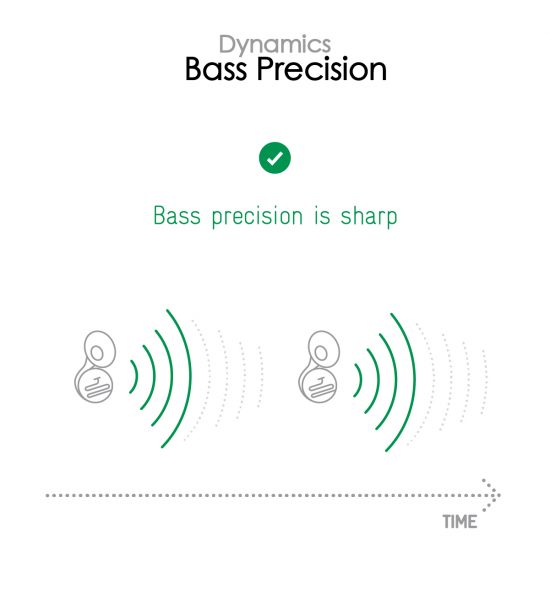

Spatial
Xiaomi 13
162
The sub-attributes for spatial tests include pinpointing a specific sound's location, its positional balance, distance, and wideness.
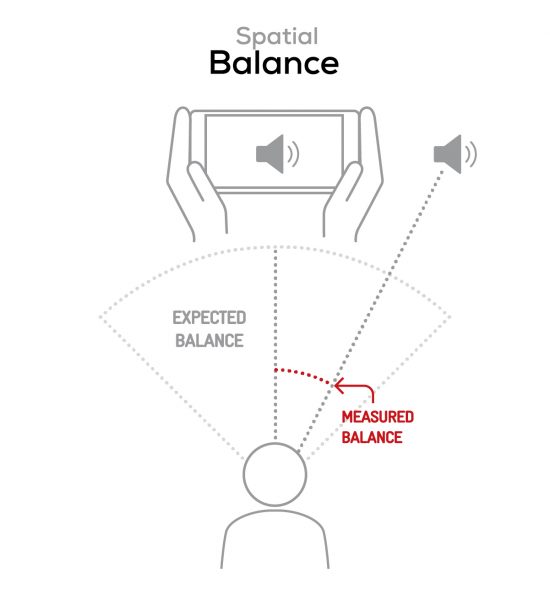
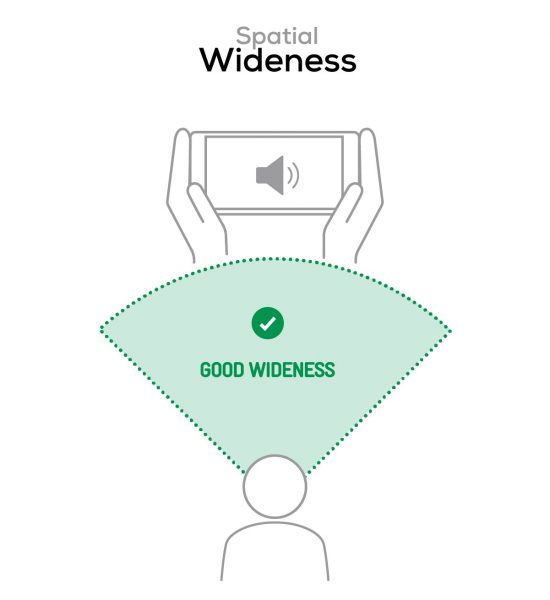

Volume
Xiaomi 13
162
The Volume score represents the overall loudness of a smartphone and how smoothly volume increases and decreases based on user input.
| Hip-Hop | Classical | |
| Xiaomi 13 | 73.1 dBA | 69.7 dBA |
| Xiaomi 13 Pro | 72.5 dBA | 68.9 dBA |
| Samsung Galaxy S23 | 73.9 dBA | 69.1 dBA |

Artifacts
Xiaomi 13
157
The Artifacts score measures the extent to which the sound is affected by various types of distortion. The higher the score, the less the disturbances in the sound are noticeable. Distortion can occur because of sound processing in the device and because of the quality of the speakers.
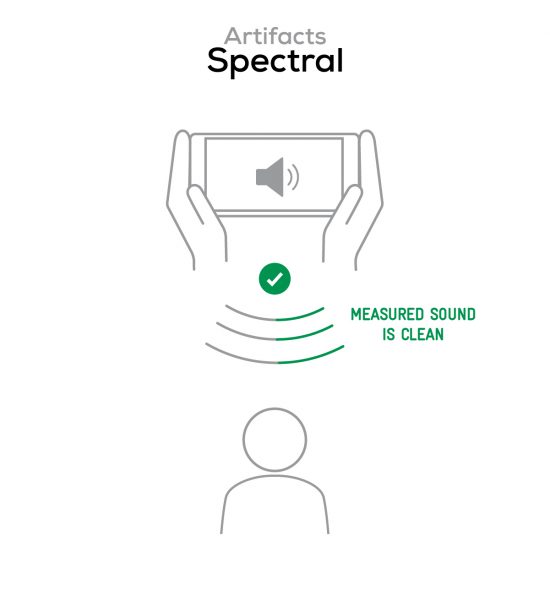
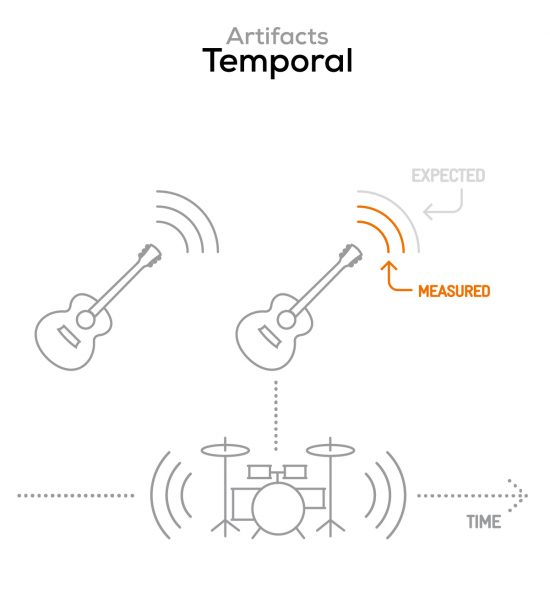
It represents the distortion and noise of the device playing our test signal (0 dB Fs, Sweep Sine in an anechoic box at 40 cm) at the device's maximum volume.
Recording
Xiaomi 13
160
DXOMARK engineers test recording by evaluating the recorded files on reference audio equipment. Those recordings are done in our labs and in real-life conditions, using default apps and settings.
The Xiaomi 13 also did well in recording. Timbre was pleasant in all use cases, with a slight upper-mid boost highlighting intelligibility. When recording with the main or selfie camera, treble was clear but lacked high-end extension a little bit. Midrange sounded natural, despite a slight lack of low midrange warmth, noticeable on voices. Dynamics were good as well, with an accurate envelope allowing for clear comprehension of voices. Signal-to-noise ratio could have been better, though, especially in urban scenarios where the background could be a touch too intrusive.
The device recorded a very wide and immersive sound stage, with an accurate representation of the scene. This was especially true when recording with the main camera. Localizability was deemed precise and distance rendition realistic. Recording volume was loud enough, but there was some fairly extreme pumping at high sound pressure levels, impairing the dynamic envelope — although the impact on general audio quality was negligible. Background rendition was good, with a nice tonal balance, but when recording with the memo app outdoors, the experts noticed unstable background filtering.
Here is how the Xiaomi 13 performs in recording use cases compared to its competitors:

Timbre
Xiaomi 13
147
The Timbre score represents how well a phone captures sounds across the audible tonal range and takes into account bass, midrange, treble, and tonal balance. It is the most important attribute for recording.

Dynamics
Xiaomi 13
146
The Dynamics score measures the accuracy of changes in the energy level of sound sources, for example how precisely a voice's plosives (the p's, t's and k's, for example) are reproduced. The score also considers the Signal-to-Noise Ratio (SNR), for example how loud the main voice is compared to the background noise.
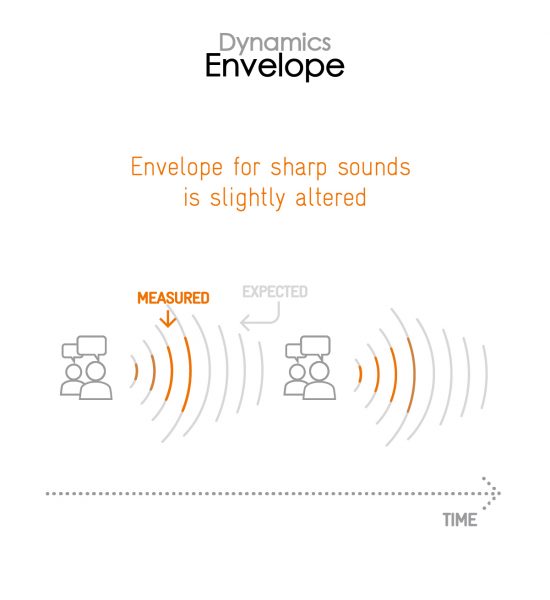
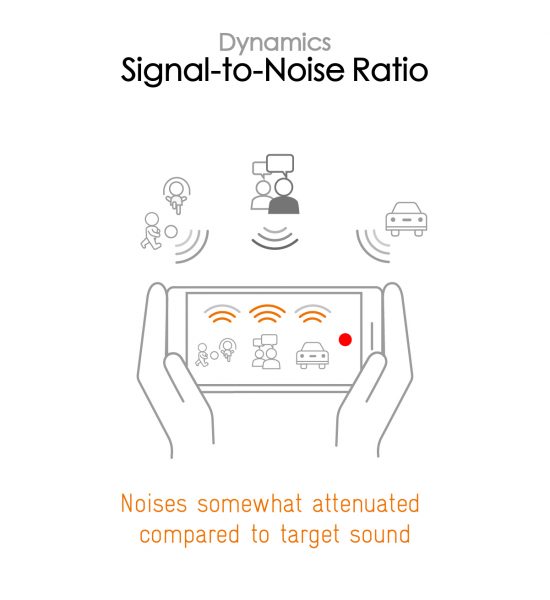

Spatial
Xiaomi 13
159
The sub-attributes for spatial tests include pinpointing a specific sound's location, its positional balance, distance, and wideness on the recorded audio files.
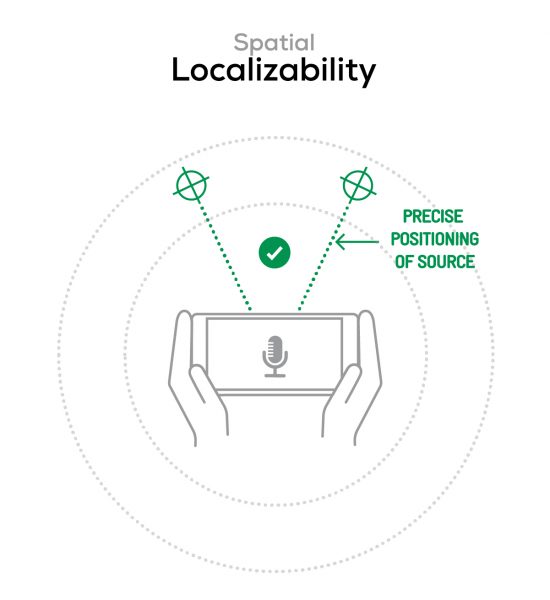
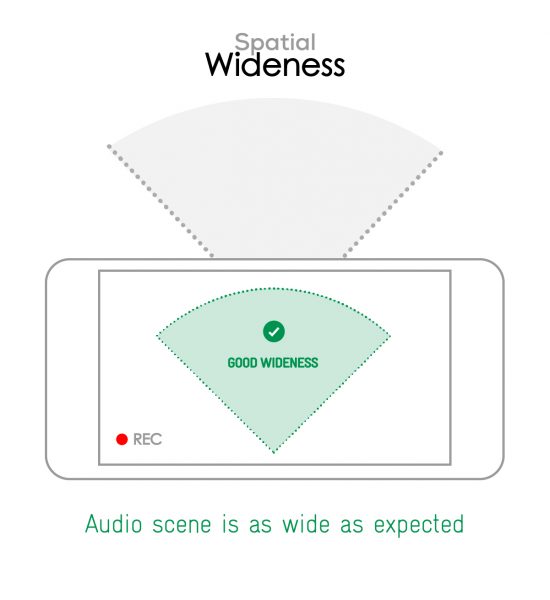

Volume
Xiaomi 13
170
The Volume score represents how loud audio is normalized on the recorded files and the how the device handles loud environments, such as electronic concerts, when recording.
| Meeting | Life Video | Selfie Video | Memo | |
| Xiaomi 13 | -24.2 LUFS | -22.1 LUFS | -20.3 LUFS | -19.5 LUFS |
| Xiaomi 13 Pro | -23.6 LUFS | -25 LUFS | -23.9 LUFS | -18.8 LUFS |
| Samsung Galaxy S23 | -26.5 LUFS | -21.8 LUFS | -22.4 LUFS | -21.6 LUFS |

Artifacts
Xiaomi 13
145
The Artifacts score measures the extent to which the recorded sounds are affected by various types of distortions. The higher the score, the less the disturbances in the sound are noticeable. Distortions can occur because of sound processing in the device and the quality of the microphones, as well as user handling, such as how the phone is held.
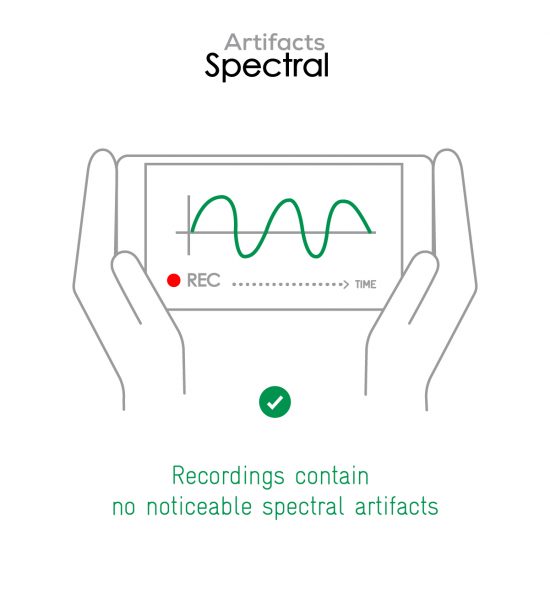
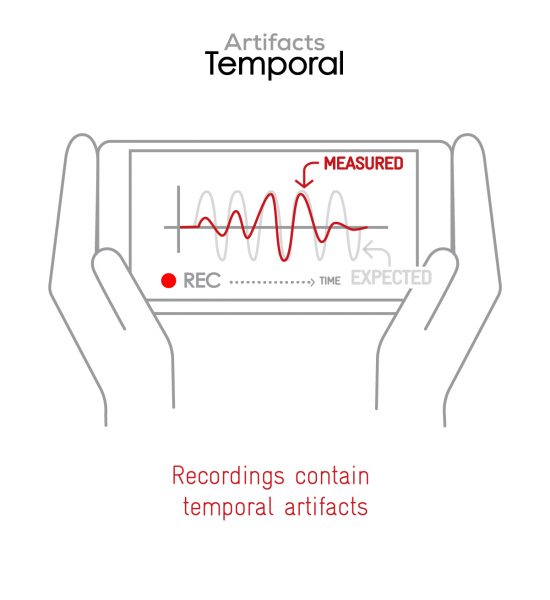
In this audio comparison, you can listen to the way this smartphone handles wind noise relative to its competitors:

Background
Xiaomi 13
166
Background evaluates how natural the various sounds around a voice blend into the video recording file. For example, when recording a speech at an event, the background should not interfere with the main voice, yet it should provide some context of the surroundings.
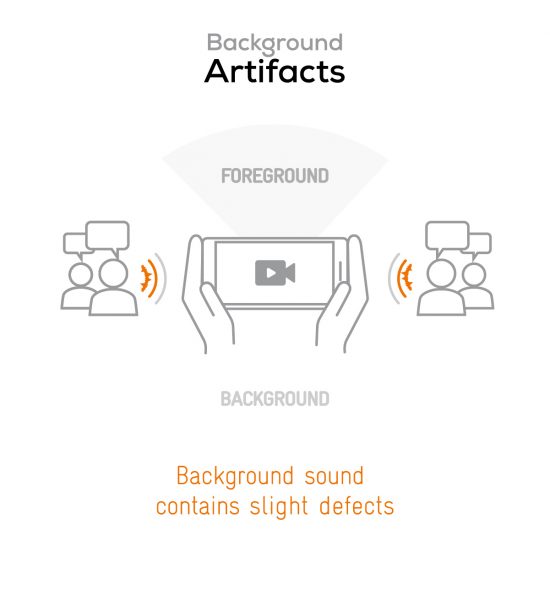
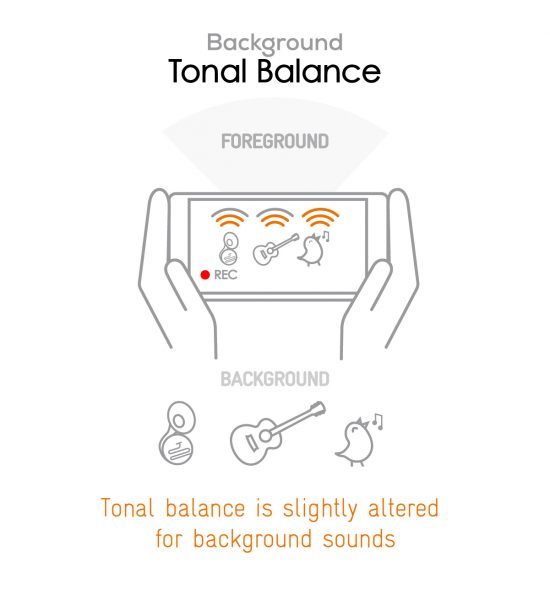


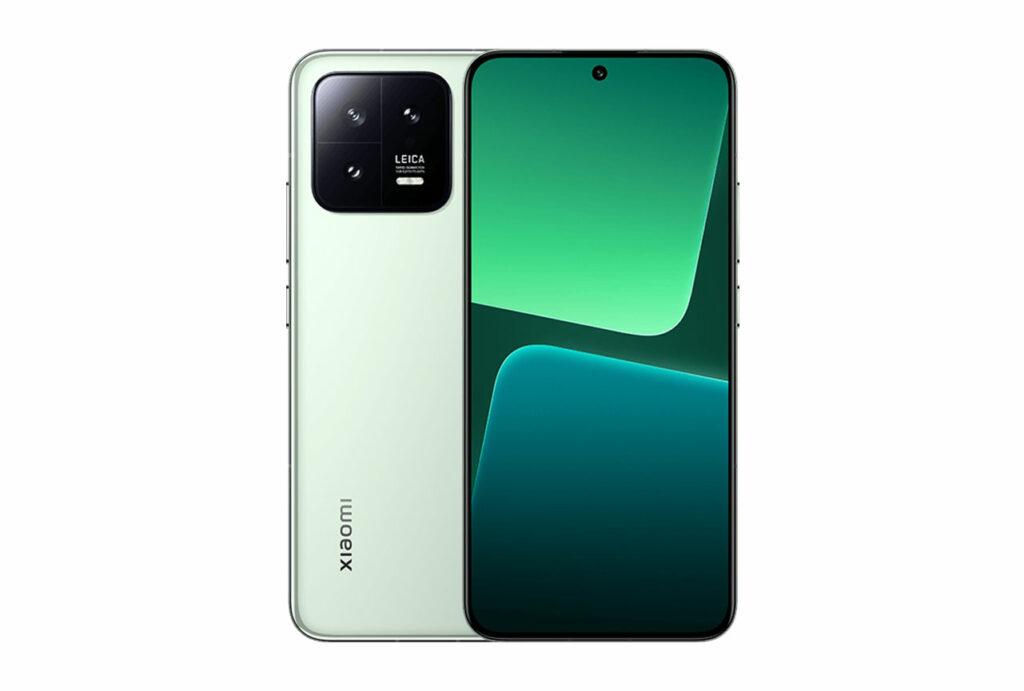
DXOMARK encourages its readers to share comments on the articles. To read or post comments, Disqus cookies are required. Change your Cookies Preferences and read more about our Comment Policy.